Nikon D5300 review
The Nikon D5300 is its first consumer-level digital SLR with Wi-Fi
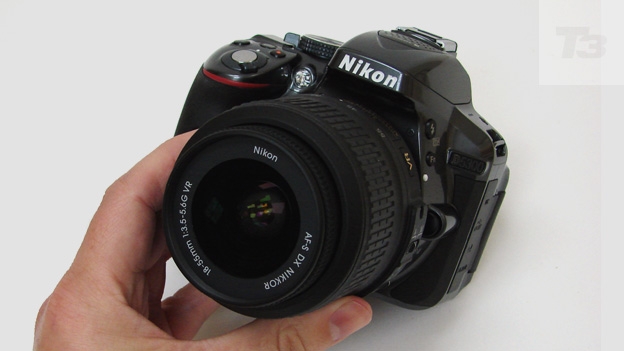
-
+
Excellent image quality
-
+
Tilting LCD
-
+
Easy to use
-
-
Budget-looking bodywork
-
-
Pricey for entry level
Why you can trust T3


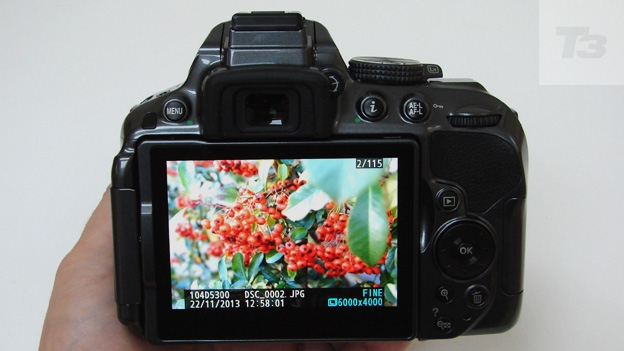
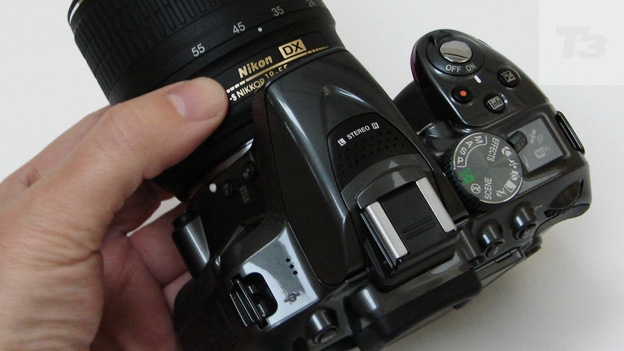
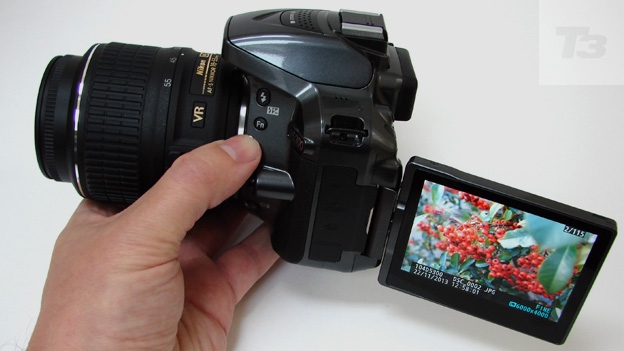

The Nikon D5300 offers a semi-pro spec with 24.2MP resolution, tilting LCD and Wi-Fi in the body of an entry-level camera, but is it worth your cash?
Recent Nikon DSLR releases have all been high-end and full frame, most notably the D610 and Nikon Df. But the Nikon D5300, updating yet not immediately replacing the Nikon D5200, shows that the manufacturer hasn't given up on the sub-£1,000 consumer market. And sensibly so, as industry figures suggest its entry-level Nikon D3100 was the best selling DSLR of 2013.
Like that camera, the higher 24.2 megapixel resolution D5300 is your regular APS-C sensor model. Its chip's physical dimensions are smaller than the 35mm film frame equivalent of the pricier Df and D610 models, but APS-C is standard fare at its price.
The D5300 is being aimed at the 'advanced beginner' according to Nikon, a class of consumers that sounds kinda mutually exclusive. Suggested cost is a high-ish £729.99 body only, or £829.99 if twinning the camera with a standard 18-55mm zoom lens, which any beginner would surely want, no matter how advanced.
Unusually for Nikon, as well as regulation issue black, the D5300's body is being offered in red or, our favourite, gun metal grey. However the single shell plastic construction - which Nikon claims has reduced overall weight - and finish does conspire to make it look like a shiny toy, which we can't say we're overly thrilled about.
But at least it stops the camera from looking overly serious and complicated to newcomers at first glance.
New this time around is the fact that the D5300 is Nikon's first DSLR to feature built-in Wi-Fi, complete with a dedicated 'i' button to select pictures for upload.
In terms of core photography, ISO range can be boosted from ISO12800 to ISO25600 for near see-in-the-dark performance and, of course, here we also get 1920x1080 pixels video with the benefit of stereo microphones located just in front of the camera's hotshoe. These are neatly tucked behind the pop up flash.
While this all sounds mostly positive, is the D5300 truly a camera worth spending £700 to £800 on, especially when a typical entry-level APS-C sensor DSLR, such as the Nikon D3200 or D3100, would cost you £500 or under?
Nikon D5300: Controls
With a flick of the D5300's on/off switch ergonomically encircling the shutter release button, we were able to be up and shooting almost as fast as our forefinger could switch from one control to the other.
While this Nikon has what could be described as a busy layout, nothing here feels superfluous.
Most importantly nearly all controls, be they buttons or dials, are within reach of finger and thumb of the right hand. Only a menu button, oddly positioned by itself top left of the backplate, is best accessed with a press of the thumb of the left hand.
The ten pence piece-sized shooting mode dial, which is itself handily surrounded by a lever for activating Live View mode and using the larger tilting screen for composition, is veritably festooned with options. There are 13 in all.
We have the manual choices provided by program, shutter priority, aperture priority or full manual mode, plus naturally auto mode in which the camera determines the choices.
Scattered between the two there are further shooting modes dedicated to specific subjects, including a baby mode alongside the usual sports, portrait, close up and landscape options, with scene and effects modes thrown in, too. We found the camera provided quite a useful range of options for selection at the flick of the thumb.
Of particular fun are the effects modes, which here include the gimmicky likes of colour sketch (imagine roughly shading your photograph with coloured pencils), along with the more effective miniature mode (narrowing the area of your image thatís sharp to a central band), toy camera (darkening or vignetting of the edges of your frame), selective colour (isolating one particular colour in your image and strikingly converting the remainder to black and white) and high key and low key exposure settings.
It's also possible to boost the camera's default colour option, which can look a little drab on duller days, to instead provide a more punchy and vivid look. A command wheel top of the backplate allows users to scroll through these options, which are clearly displayed on the rear LCD. There's no second, smaller top plate LCD here though, for a shorter cut to key settings and features, as found on cameras over £1,000. Which brings us to the screen.
Nikon D5300: Screen
The D5300's screen size is a slightly larger than average 3.2 inches - bigger always being a bonus - while the screen is very usefully fully articulated. This means that the monitor can be swung outwards from the body and turned to face the subject, as well as being tilted up or down.
On top of this, the self-same screen boasts a very high 1037K-dot resolution - handy when using the LCD in Live View mode (whereby we could see the image through the lens) and particularly when trying to determine manual focus.
Alternatively, this being a fully functioning DSLR, there's always the option of using the eye-level optical viewfinder instead for composition. We found this large enough to accurately determine focus manually, particularly when shooting in daylight.
Nikon D5300: Battery
The DSLR comes with a rechargeable EN-EL14a battery and supplied charger, a full charge providing up to 600 pictures. In this respect the D5300 acquits itself better than the previous D5200's maximum 500 pictures from a full charge, and the 300 shots maximum of the alternative of a compact system camera in this price bracket; a better than average performance.
Nikon D5300: Picture quality
In common with entry-level DSLRs, we found the D5300's flash was a little conservative in that it had a habit of popping up even when, to the eye at least, there seemed sufficient light around to achieve a sharp shot. We found this annoying. Luckily, there is a flash deactivation mode on the shooting dial.
In terms of picture quality, this is an APS-C DSLR from which we couldn't really have hoped for sharper pictures, which in itself is a glowing recommendation. As mentioned earlier, default colour settings can appear a little drab on occasion, but these are easily boosted, and the range of in-camera effects here, though not massive, features the essentials.
We were also able to rattle off some pretty effective self-stitching panoramas. So in that way the D5300 is creatively flexible, as well as featuring most of the ways to edit or boost the look of an image that your smartphone does.
Shooting video here is a matter of squeezing the red record button just left of the main shutter release, with the benefit of stereo sound on board, and full use of the tilting LCD, which does really make the difference for video in particular.
You'll probably want to switch to manual focus for video, though, which is otherwise automatically adjusted with a squeeze of the shutter release, as this then means we get the noise of the lens mechanics, which isn't ideal in quieter environments.
Nikon D5300: Verdict
The Nikon D5300 has much to recommend it in a high pixel count and the versatility of a tilting LCD screen, along with alternative of an eye-level optical viewfinder plus the built-in Wi-Fi connectivity option anyone upgrading from a smartphone would expect.
Apart from the addition of the latter, however, we can't shake the feeling that the D5300 is very much business as usual for Nikon. But if resting on your laurels/playing to your strengths nevertheless results in some excellent pictures with a minimal amount of input from the user, then many will interpret that as more than enough.
Nikon D5300 release date: Out now
Nikon D5300 price: £829.99
Sign up to the T3 newsletter for smarter living straight to your inbox
Get all the latest news, reviews, deals and buying guides on gorgeous tech, home and active products from the T3 experts
Gavin Stoker has been writing about photography and technology for the past 20 years. He currently edits the trade magazine British Photographic Industry News - BPI News for short - which is a member of TIPA, the international Technical Imaging Press Association.
-
 YETI just made bowls cool – literally. And also figuratively.
YETI just made bowls cool – literally. And also figuratively.New YETI design, same bear-proof energy
By Matt Kollat Published
-
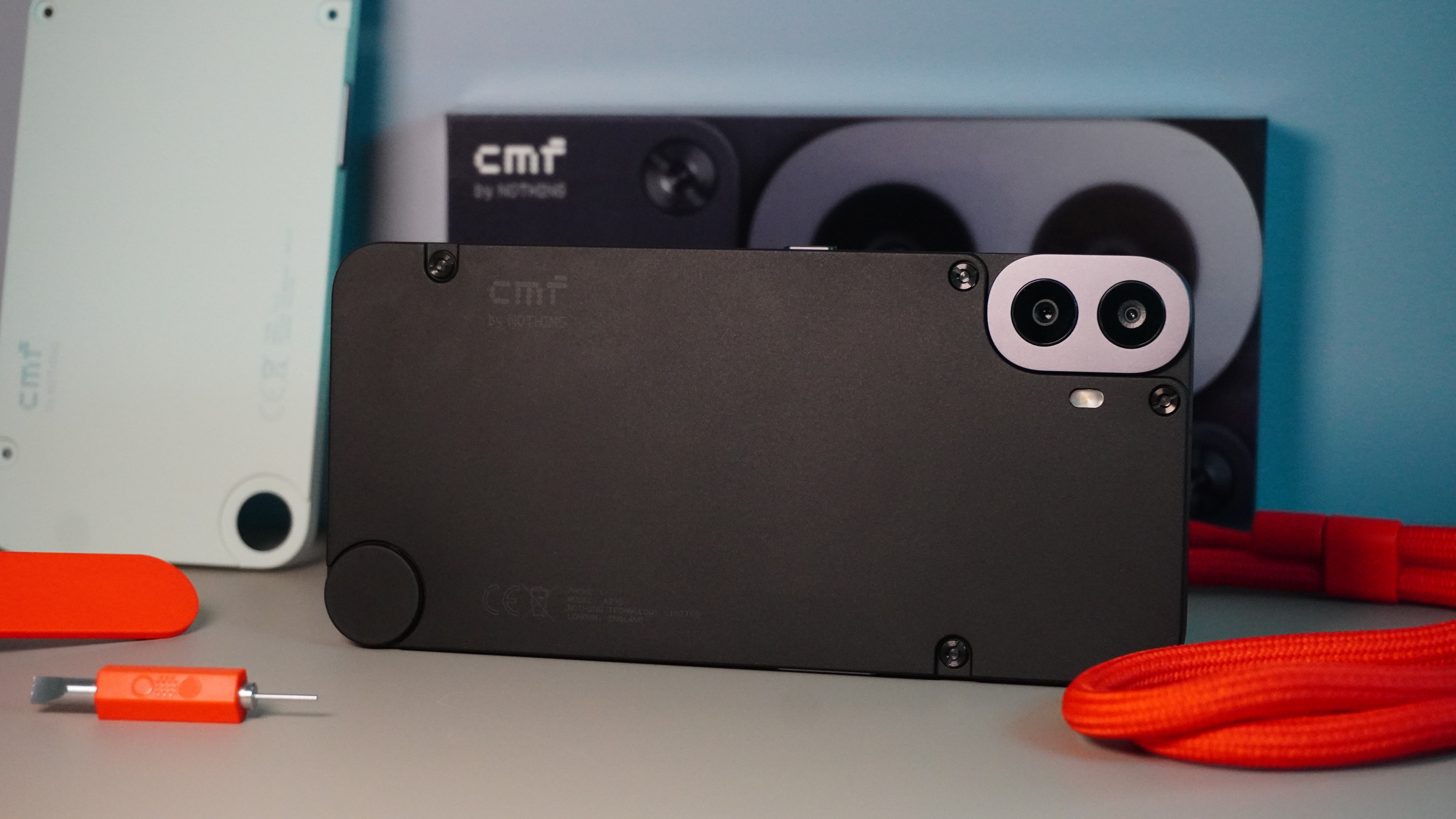 Nothing's next phone could be a budget powerhouse, thanks to this confirmed hardware detail
Nothing's next phone could be a budget powerhouse, thanks to this confirmed hardware detailOfficial details reveal more about the next phone coming from Nothing
By Chris Hall Published
-
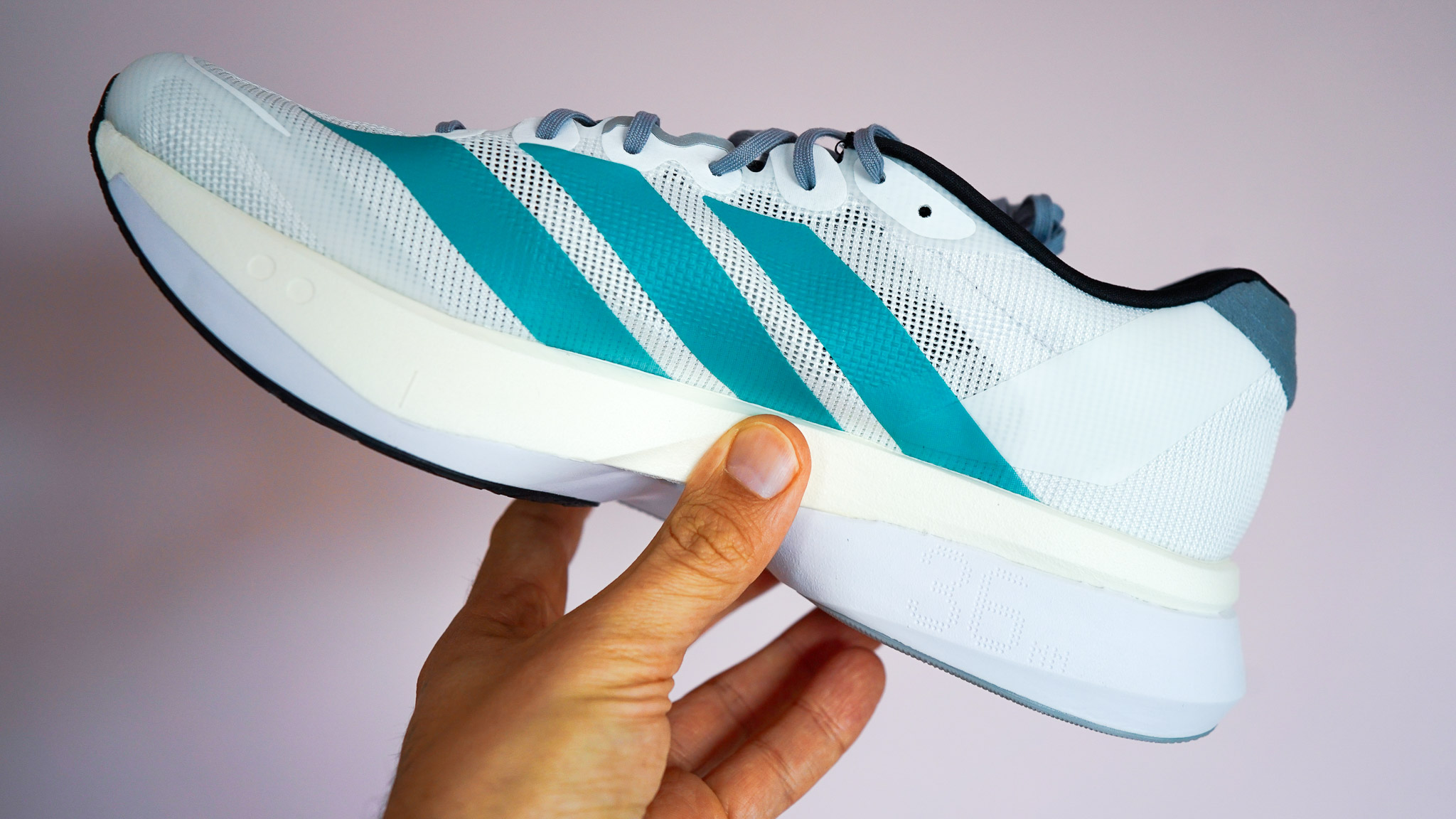 Adidas Adizero Boston 13 is softer, faster, and finally feels like a proper trainer
Adidas Adizero Boston 13 is softer, faster, and finally feels like a proper trainerThe brand quietly fixed everything runners didn’t love about the Boston 12
By Matt Kollat Published